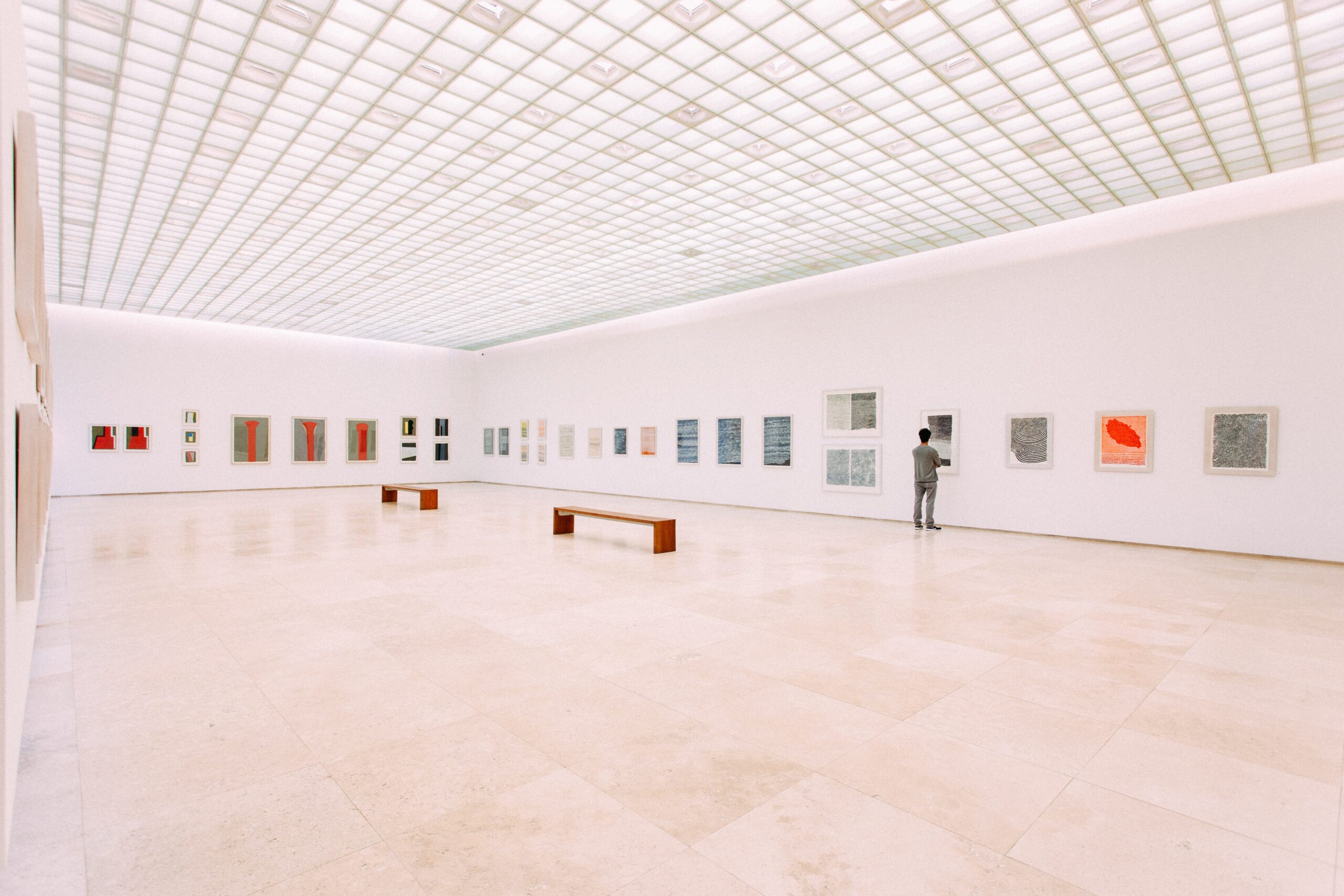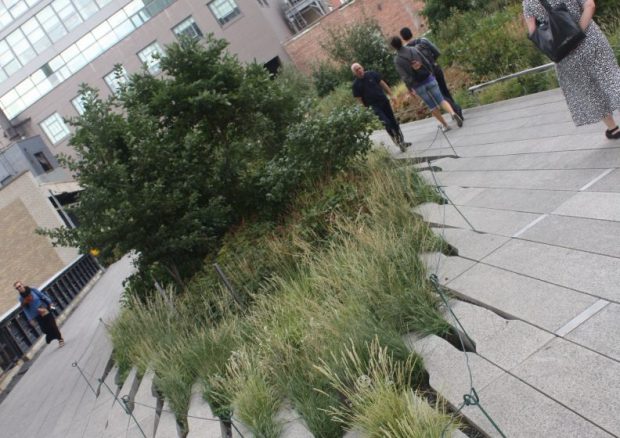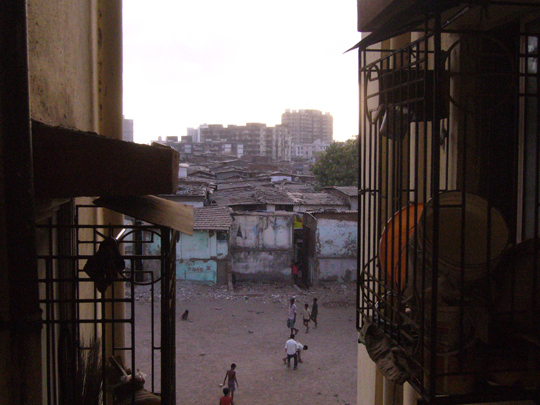From HUFFPOST New York and other sources as credited -Mitchell Joachim’s crazy vision of an biomorphic future

Architect and urban designer Mitchell Joachim hates the idea of a lower-pollution New York a hundred years from now. He envisions a city that actually eliminates pollution.
View a 2010 TED talk here
“I want a city that cleans up the impact of the last hundred and fifty years of industrial waste. It has to have a positive impact,” said Joachim, pacing up and down his studio in the Metropolitan Exchange building on Flatbush Avenue in Brooklyn.

At a time when most progressive urban designers try to make cities greener, this co-founder of the nonprofit design group Terreform ONE and his team are on a crusade to radically change the notion of how cities like New York will function in a hundred years. Only completely flipping ideas about housing, transportation, and recreation spaces can city planners project a revolutionary urban habitat, according to Joachim and his crew.

Houses are mounted on mobile platforms and can move to wherever they need to be, all sustainably powered, of course.
“Right now everyone lives in a brick lump, and we all think we’re happy,” he said, shaking his dreadlocks. “This is garbage.”
A TED fellow and selected by Wired magazine in 2008 as one of the 15 people “the next president should listen to,” Joachim would prefer houses literally made of trash. Terreform ONE has calculated that New York City disposes 38,000 tons of waste per day, enough material to build a 54-story skyscraper of compacted waste. The design group wants to remake the city using the landfill at Fresh Kills as a resource. Different materials can be used for different purposes: clear plastic for windows, organic matter for temporary scaffolds, and metals for primary structures.
The provocative architect and his team have conceived the Fab Tree Hab, a home grown from native trees. This would create dwellings fully integrated into an ecologically-sound community.
“Some people complain that it takes 7 to 10 years to grow a village of these homes, ” Joachim scoffs. “But our society waits 12 years for a bottle of scotch! I think we can have some patience.”
Anyone who does not dream of living in an apartment made of trash or inside a tree need not worry: Joachim has come up with houses made of meat. Shelters composed of meat cells can be grown in a lab where tissues, skin, and bones replace insulation, siding, and studs. For windows and doors, he envisions sphincter muscles that can open and close. “We made very expensive beef jerky with a very long shelf life,” he said.
Terreform ONE’s sci-fi version of 2120 New York has also rethought cars radically.
“Today we have shining, metal, precious boxes, and if you touch my BMW with your Honda I’ll probably kill you,” Joachim said. “With soft cars, we will be able to rub up against one another, bump into each other, touch one another.”
Most people, though, won’t need to worry about soft cars. They will enjoy zipping up and down Central Park with flexible body jetpacks run on hydrogen peroxide. And in case all hell breaks loose, there is a parachute in the crotch.
Of course, Central Park is going to look a little different, too. Dotted with vertical farms that each feed 80,000 people, along with geothermal wells and waste adaptors, it won’t just be a place for leisure. “In order to afford a self-reliant city we need productive green space,” Terreform ONE co-founder Maria Alolova said. “A space designed to produce energy and food and to collect and filter water.”

Joachim and Alolova ultimately aim to start cities from scratch, coming up with solutions that reduce the gap between science fiction and reality. “Let’s have critical arguments about how we live,” Joachim said. “Don’t swallow the pill that someone else gave you. We can create a better city.”
Mitchell Joachim’s Eco-City Nick Kaloteraki
” Joachim points out, frequently and without prompting, that his futuristic proposals are always based on existing technologies. No wonder he feels the need to say it. Consider some of his ideas: jetpacks tethered together in swarms, houses grown from living trees, low-altitude blimps prowling New York City with chairs hanging below them for pedestrians to hop on and off (24/7 ski lifts on Broadway!), and WALL-E-like machines that erect buildings and bridges from recycled waste.
For Joachim, a 39-year-old professor of architecture at New York University, with graduate degrees from MIT, Harvard and Columbia, these concepts aren’t Hollywood fluff but designs that could come to life today. Take his concept for waste-building machines, which he calls Rapid Re(f)use. Instead of the cubes of cardboard, plastic or steel that current recycling balers produce, Joachim’s robots would grind and compress waste into I-beams, cruciform columns or even furniture components. The structures would be pressed or melted into shape or wrapped with metal bands, which is what recycling plants do now. All that would change is the shape—like switching the mold on a Play-Doh press, but on an industrial scale. “We could do it yesterday,” Joachim insists.
His vision falls under the banner of Terreform ONE, a nonprofit design collective that Joachim co-founded to explore sustainable, fully integrated urban planning. If the same people who design the roads also design the cars, he says, and the same people who create the suburbs also plan for ways to feed and transport residents, our cities will become healthier, friendlier and more sustainable.
The group imagines how future cities might best serve their citizens on a large scale and then experiments with the small-scale materials and designs that it would take to make it happen. To this end, Terreform ONE hosts TerreFarm, an annual summer gathering of architects and scientists who develop new urban farming techniques. For several weeks this summer, TerreFarm will convert a Brooklyn rooftop into a testbed for modular growing methods, designs for maximizing available sunlight, and ultra-lightweight soil mixes essential for rooftop gardens. They will also build full wall sections of Joachim’s Fab Tree Hab, his proposal to create “living” homes by grafting trees together around scaffolds and growing them on-site.
Joachim’s other plans tend to focus on mobility, since transportation both shapes and is shaped by urban design. In his vision, individual cars would be replaced by car-share systems that function like luggage carts at an airport. Pay, step into a smart car that communicates with the city grid, drive to your destination, and leave the car there. The cars would have soft, springy exteriors, inflatable protective bladders and transparent foil, which would enable them to bump together as they traveled in flocks. “The idea of sharp metal boxes is just done,” Joachim says. “We design cars with the principle that no one would ever die in a car accident again.”
Joachim’s blimps would move like trolley cars. Their routes would be set by funicular cables, and they would float slowly enough that pedestrians would be able to hop on and off hanging chairs dangling above the ground. Unlike a trolley car, though, the blimps would also be able to cross rivers, gorges and other geographic features without bridges.
His jetpack designs are not the retro-futuristic rocket belts of the 1960s but more like the lightweight ducted-fan jetpacks scheduled to go on sale later this year from Martin Aircraft Company. For efficient commuting, Joachim’s jetpacks—soft and flexible like his cars—would be towed in flocks by a plane or blimp. “Bump and glide,” as Joachim describes it. From there, individuals could break off, power up, and fly safely to their homes or offices—like subways in the sky. “It’s hard to find people who don’t want to be moving around in jetpacks in 20 years,” he says. “As an architect, then, I’m responsible for thinking about what the implication of the jetpack is on the future city.”
Joachim’s willingness to forgo lucrative commercial projects in favor of running a nonprofit dedicated to the reimagining of a future he won’t even be around for is, say his colleagues, exactly what makes him so vital. Traditionally, “cities are built incrementally by real-estate interests,” says Richard Sommer, the dean of architecture at the University of Toronto. “What’s important about Mitchell’s work is that he [takes] a visionary approach.”
The vision part involves looking 150 years down the road and planning for how cities will have to operate within the environment if civilization is to endure. Even if the technologies exist today, Joachim says, no one can change the city tomorrow. “Once we heard about cellphones, it was about seven years before we started dropping the landline,” he says. “It took about 15 years before you could buy a hybrid car on every lot. It takes around 40 years to produce a large shift in the way buildings are constructed. Entire cities? It’s 100, 150 years.”
In the meantime, Joachim is busy producing the stuff that will get us there, whether it’s growing living walls, planting organic lettuce on urban rooftops, or making sure that when your grandkids are ready for their first jetpacks, their cities will be too.
Terreform ONE organizes an annual design competition, and this year’s theme is water in New York City. Check out http://oneprize.org. You can explore more Terreform ONE’s projects here.

Mitchell Joachim is a leader in ecological design and urbanism. He is a co-founder of Terreform ONE and Terrefuge, and is on the faculty at Columbia University and Parsons. Formerly he was an architect at Gehry Partners and Pei Cobb Freed, and he has been awarded the Moshe Safdie Research Fellowship.
Joachim won the History Channel and Infiniti Design Excellence Award for the City of the Future, and Time Magazine‘s “Best Invention of the Year 2007” for his Compacted Car with MIT’s Smart Cities. His project, Fab Tree Hab, has been exhibited at MoMA and widely published. He was chosen by Wired for “The 2008 Smart List: 15 People the Next President Should Listen To.”
“The ideas that we proffer are based on off-the-shelf existing technologies. We just change the solution-bases and do things that aren’t necessarily as obvious. We don’t have a problem with thinking about science fiction — in fact we actually embrace it.”
Mitchell Joachim





